The history that should not be forgotten should be seen by all Chinese people, and the alarm bell will ring long before we can work hard.
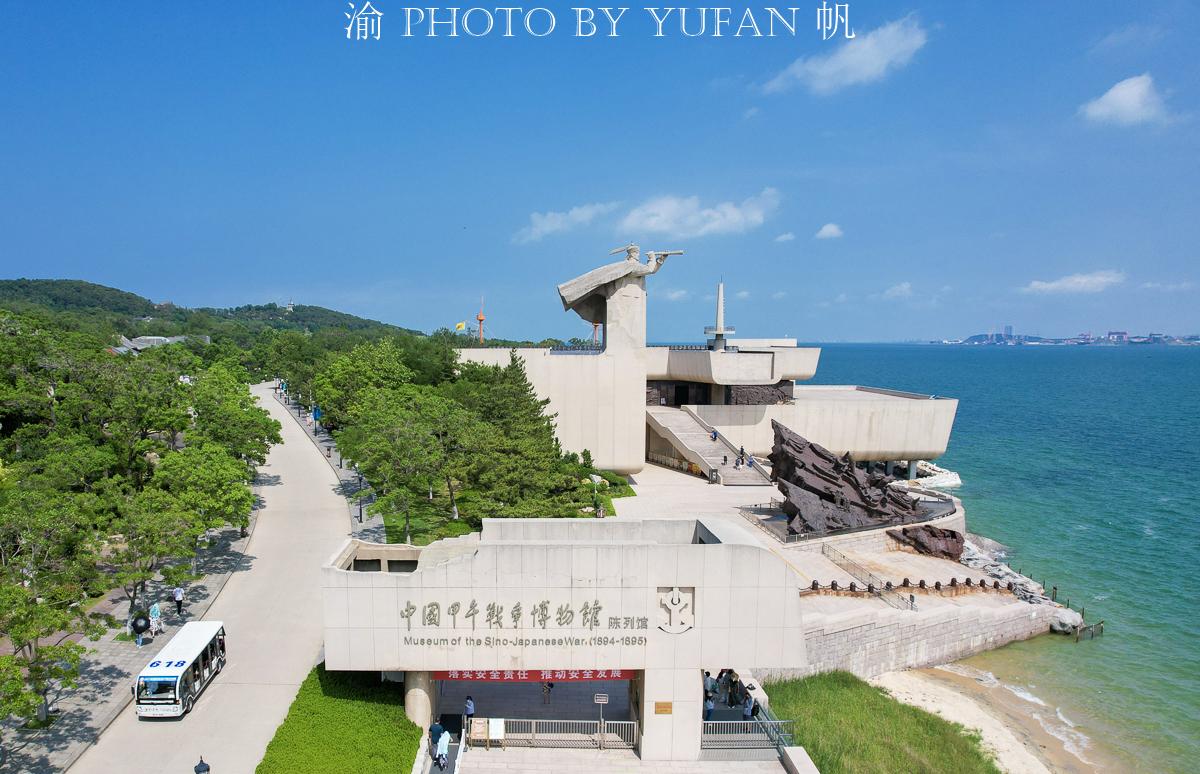
History is a mirror, so it is wise to learn from the past and know the present. Attaching importance to history and learning from it is a fine tradition in the history of Chinese civilization for more than 5,000 years. Opening the history of China, there have been countless glories and some humiliations. The glories make Chinese people proud, while the humiliations inspire people to forge ahead.
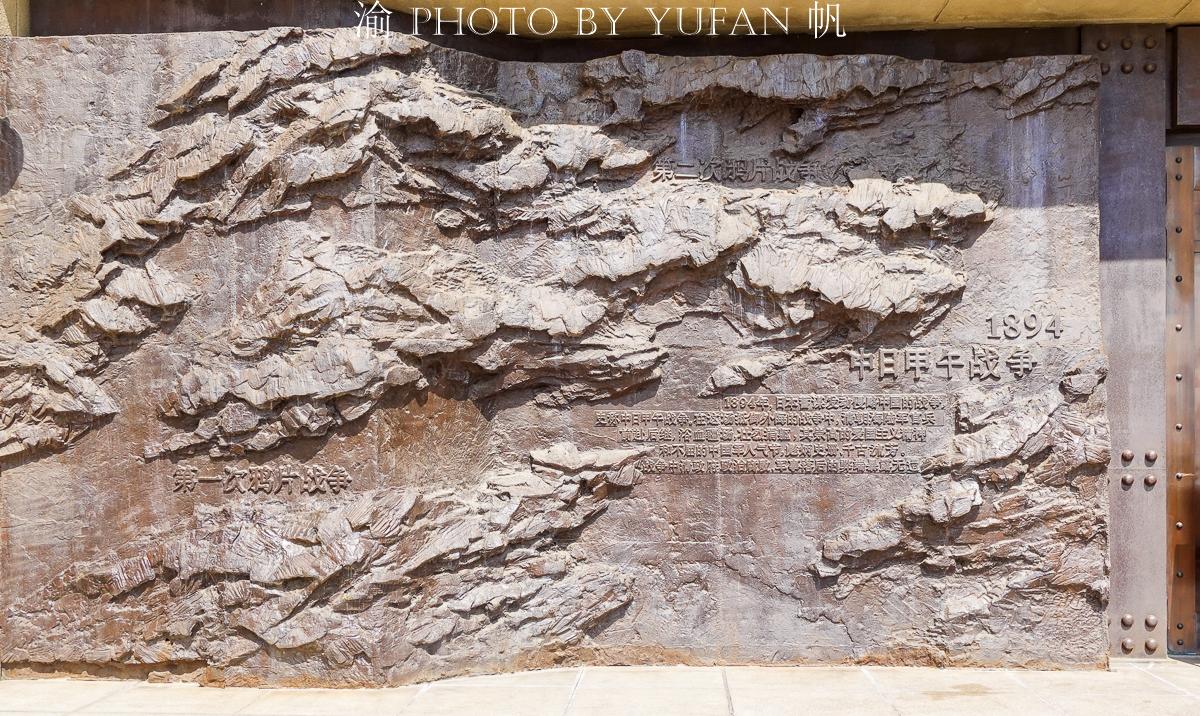
The glorious history makes Chinese people excited, and the humiliating history makes us feel heavy. Most of the time, we are in the former mood when visiting museums, but we are in the latter mood when visiting the China Sino-Japanese War Museum on the Liu Gongdao in Weihai.
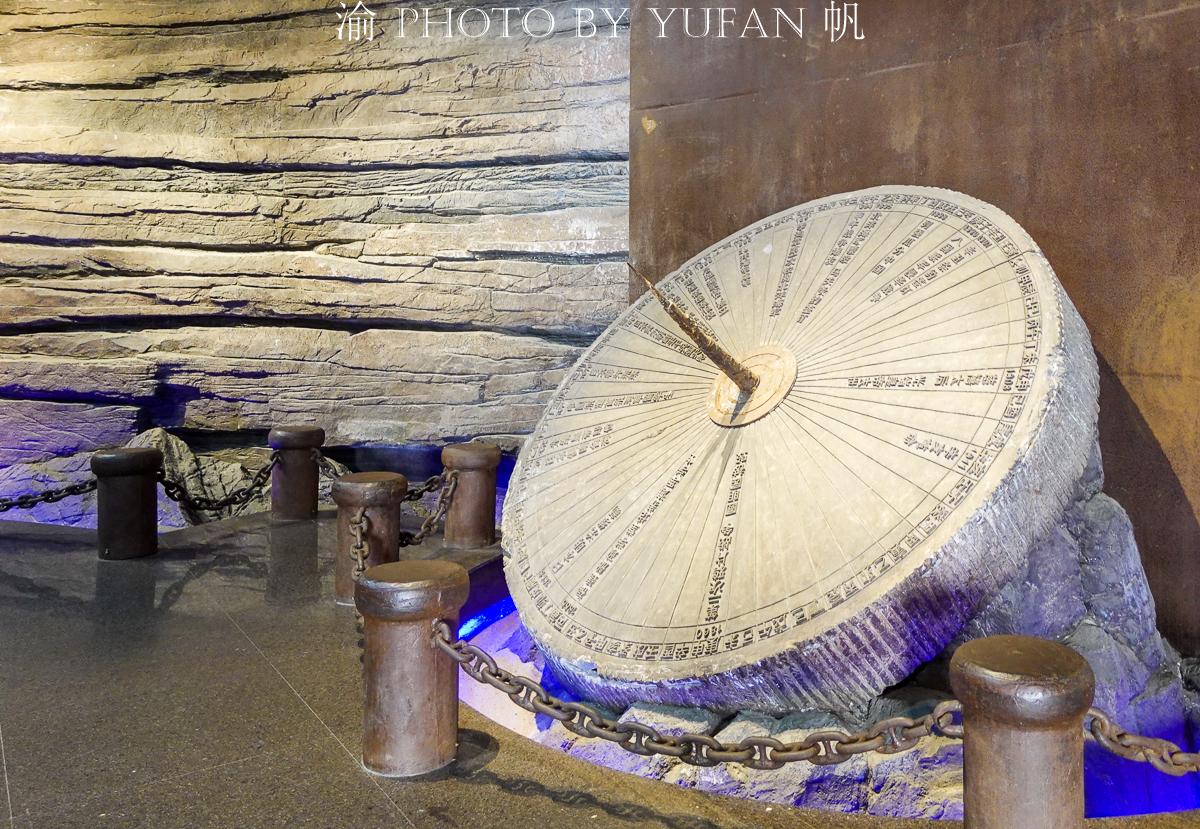
China Sino-Japanese War Museum is located on the Liu Gongdao in Weihai, Shandong Province. It is a national first-class museum and a memorial museum with the theme of Beiyang Navy and Sino-Japanese War. It is also the most complete preserved, the largest number of existing and the largest group of cultural relics in modern coastal defense facilities in China.
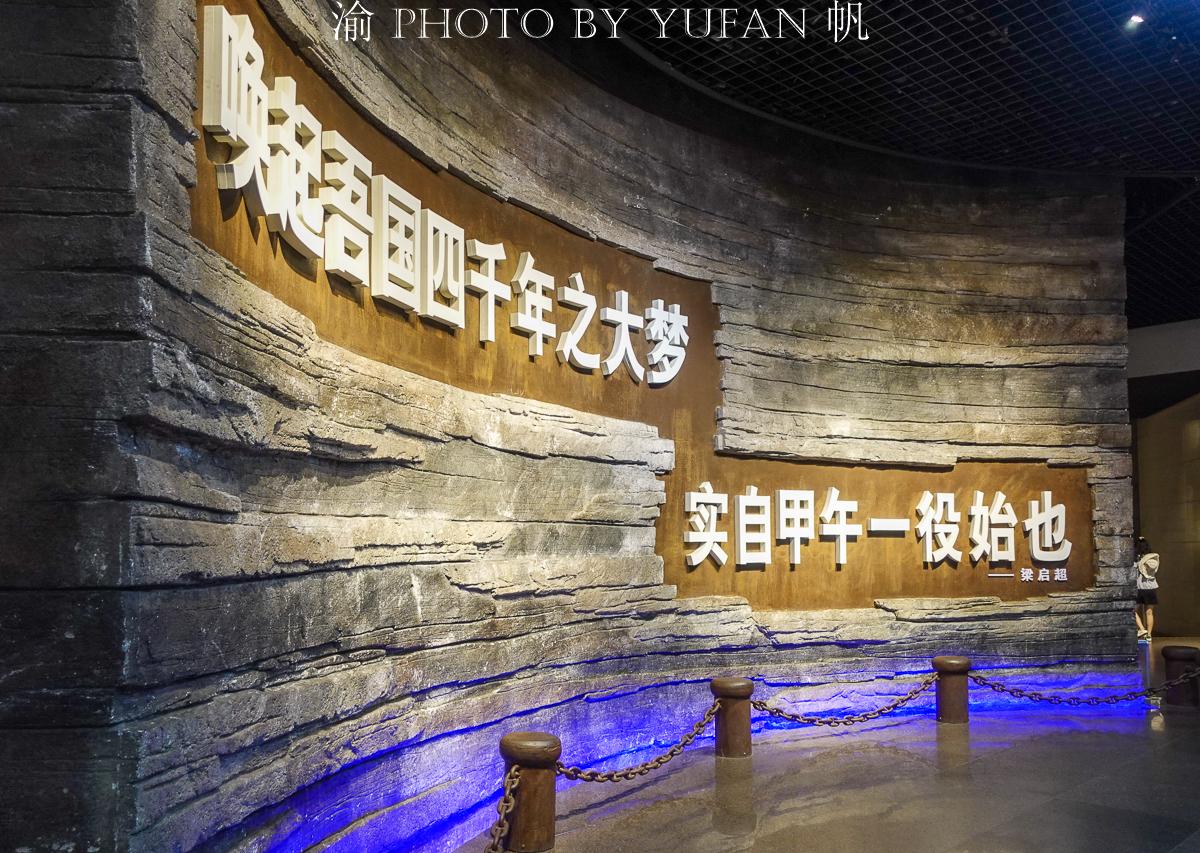
A large number of precious cultural relics are displayed in the museum, including two giant naval guns emerging from the seabed, each weighing more than 20 tons, which are the only ones left in the world. Through cultural relics, pictures, wax figures, sand tables, models and other exhibition forms and film and television means, it vividly reproduces the historical features of the Beiyang Navy and the Sino-Japanese War.
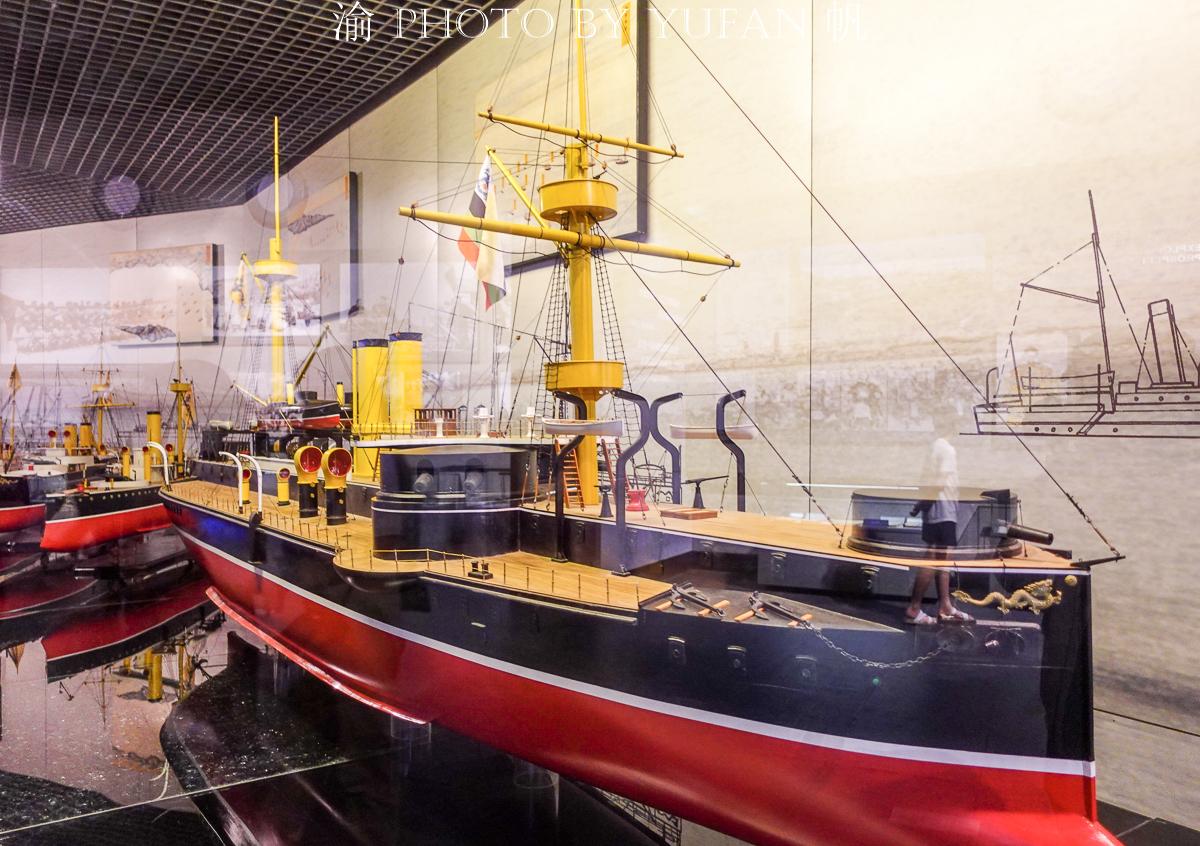
When you enter the museum, the first thing you see is a warship model, which was once called the "Dingyuan" ship model of Asia’s largest ship. Dingyuan was the flagship of the Beiyang Navy of the Qing government in the Sino-Japanese War of 1894-1895. At that time, it was the world’s most advanced first-class armored warship imported from Germany.
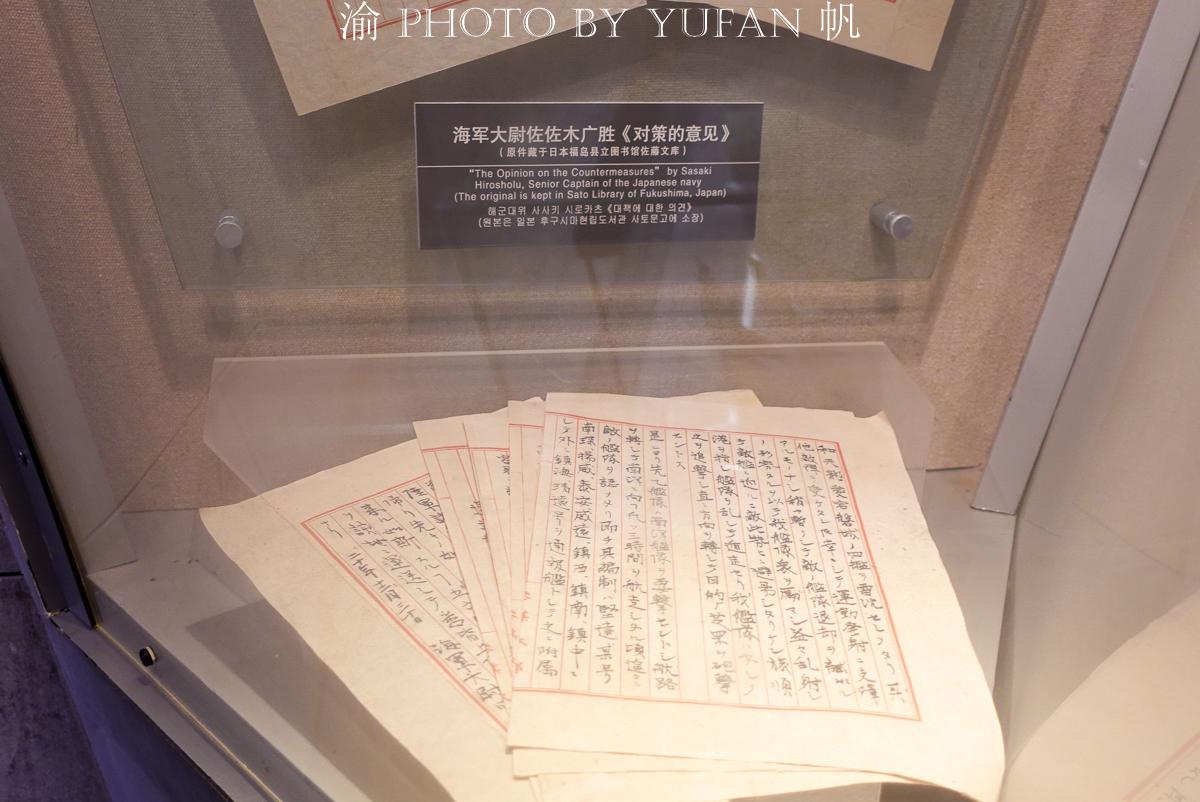
According to the on-site staff, in the early morning of February 5th, 1895, the ship Dingyuan was attacked by a Japanese navy torpedo boat in the defending battle of Weihai. Ding Ruchang ordered the ship to run aground to the south of Liu Gongdao before it sank, and used the naval guns on board to strengthen the defense force of the East Exit. Ding Ruchang was forced to withdraw from Dingyuan and transfer to Zhenyuan. On the afternoon of 10th, Ding Ruchang and Liu Buchan ordered to blow up the stranded Dingyuan ship with water mines.
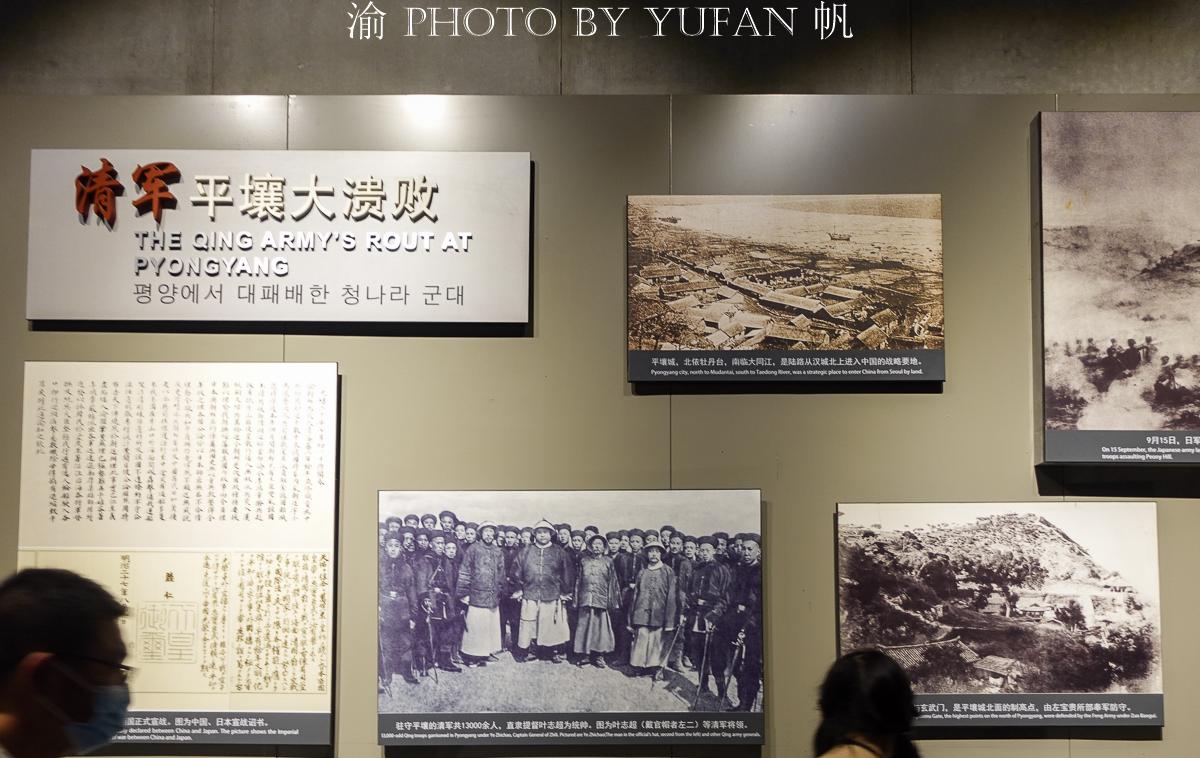
Japan’s war of aggression against China was premeditated. The museum showed some letters of Japanese officers at that time. They used the Korean Peninsula as a springboard and base to invade China. When the Qing army sent troops to support North Korea, it suffered a heavy defeat in Pyongyang, which led to the fall of the Korean Peninsula.
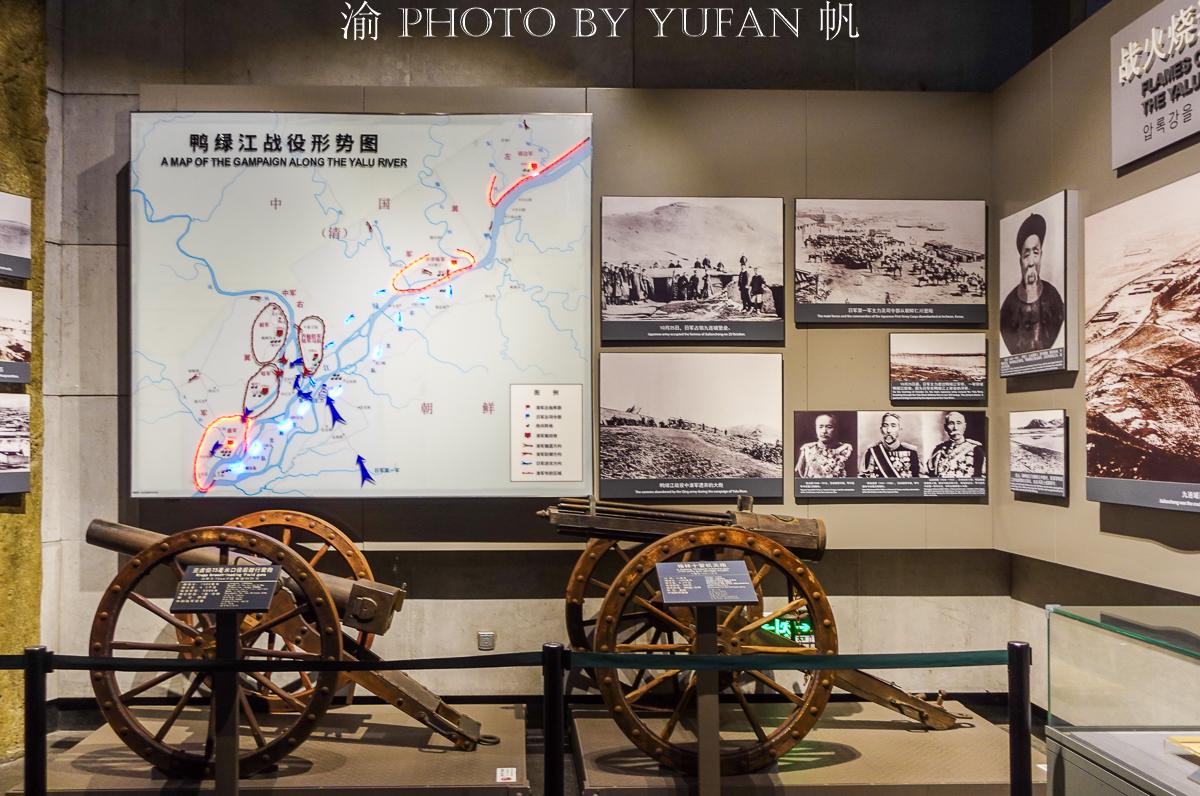
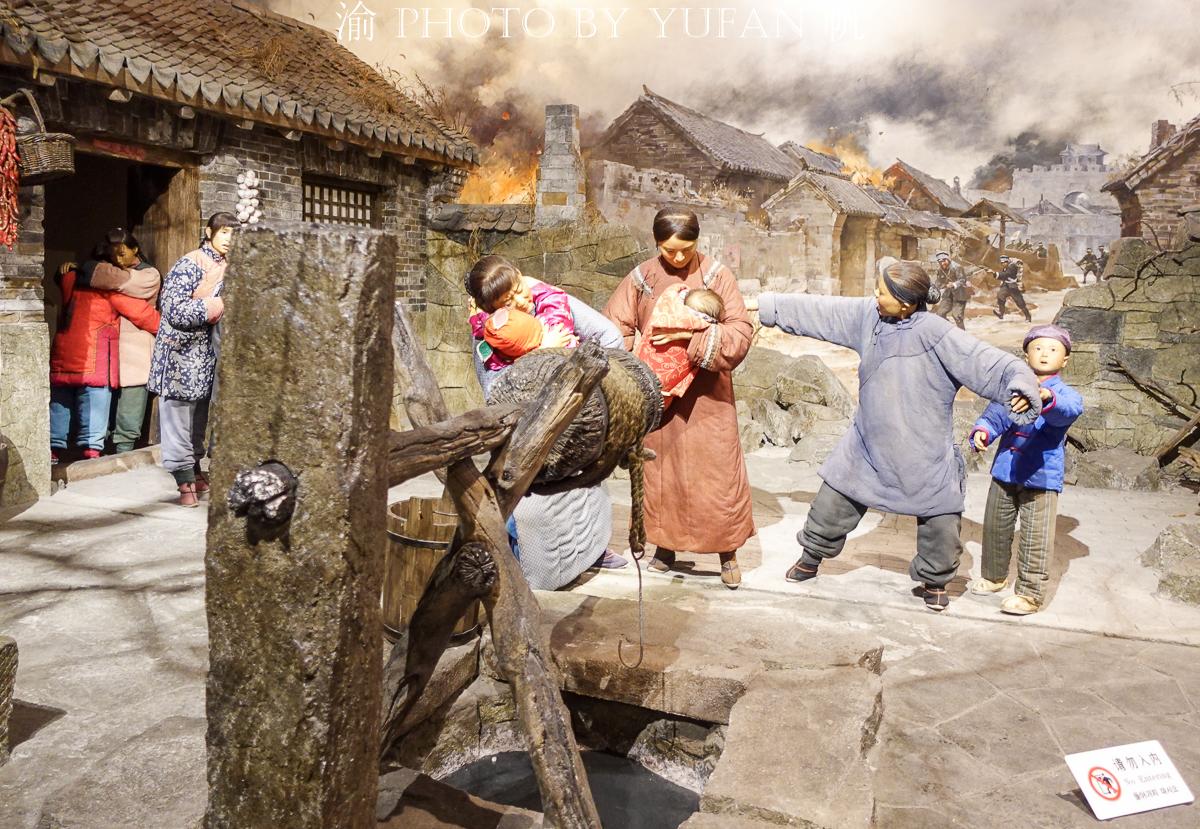
On November 6, 1894, when the Japanese army invaded Jinzhou City, 10 women and children from the Qu family in the west street of the city resolutely threw themselves into the well to avoid being humiliated by the Japanese army. In February, 1896, Wang Zhixiu, a fellow coastal defense expert in Jinzhou Hall, heard about it and wrote "Ode to Qushi Well" to record his deeds. The museum fixed the picture at that time in the form of pictures and wax figures.
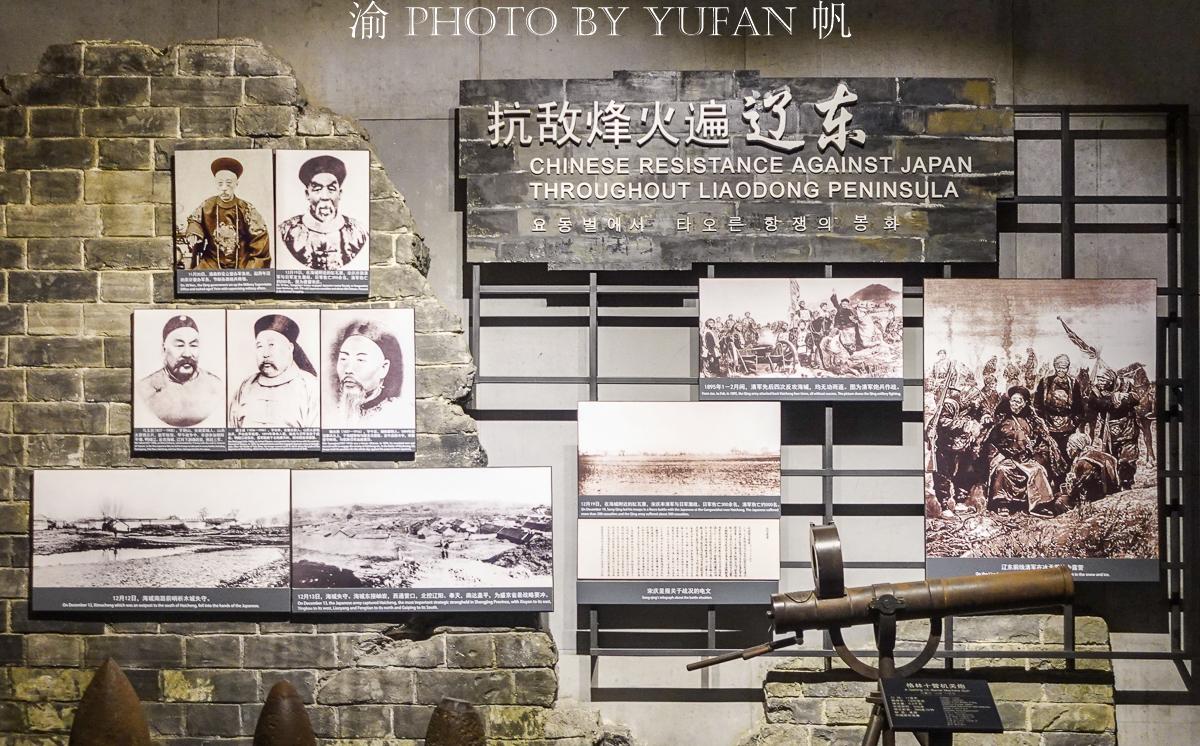
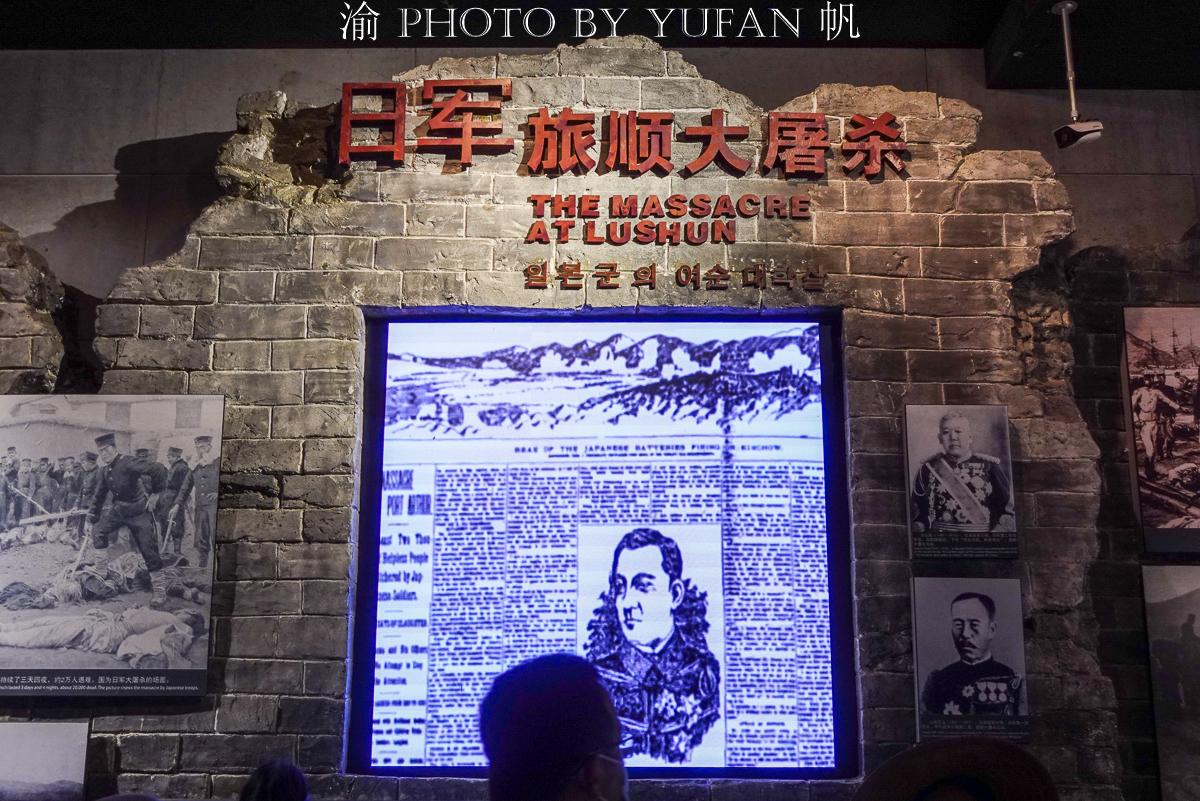
On November 21st, 1894, the Japanese invaders captured Lushun, located in Liaodong Peninsula, and massacred the city for four days and three nights, known as Lushun Massacre. It is said that only 36 people in charge of burying bodies (after investigation, more than 800 survivors) survived the massacre, and the number of victims was estimated to be between 20,000 and 20,000. The museum recorded the inhumanity of the Japanese invaders with pictures and documents.
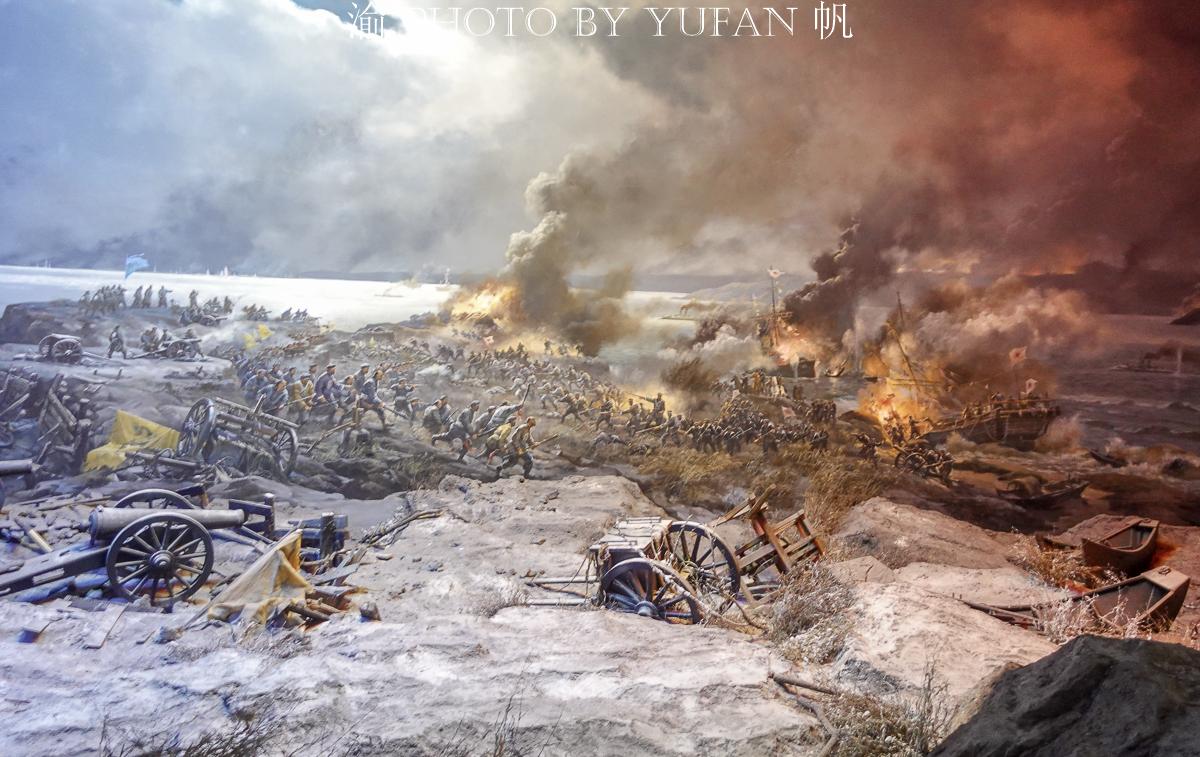
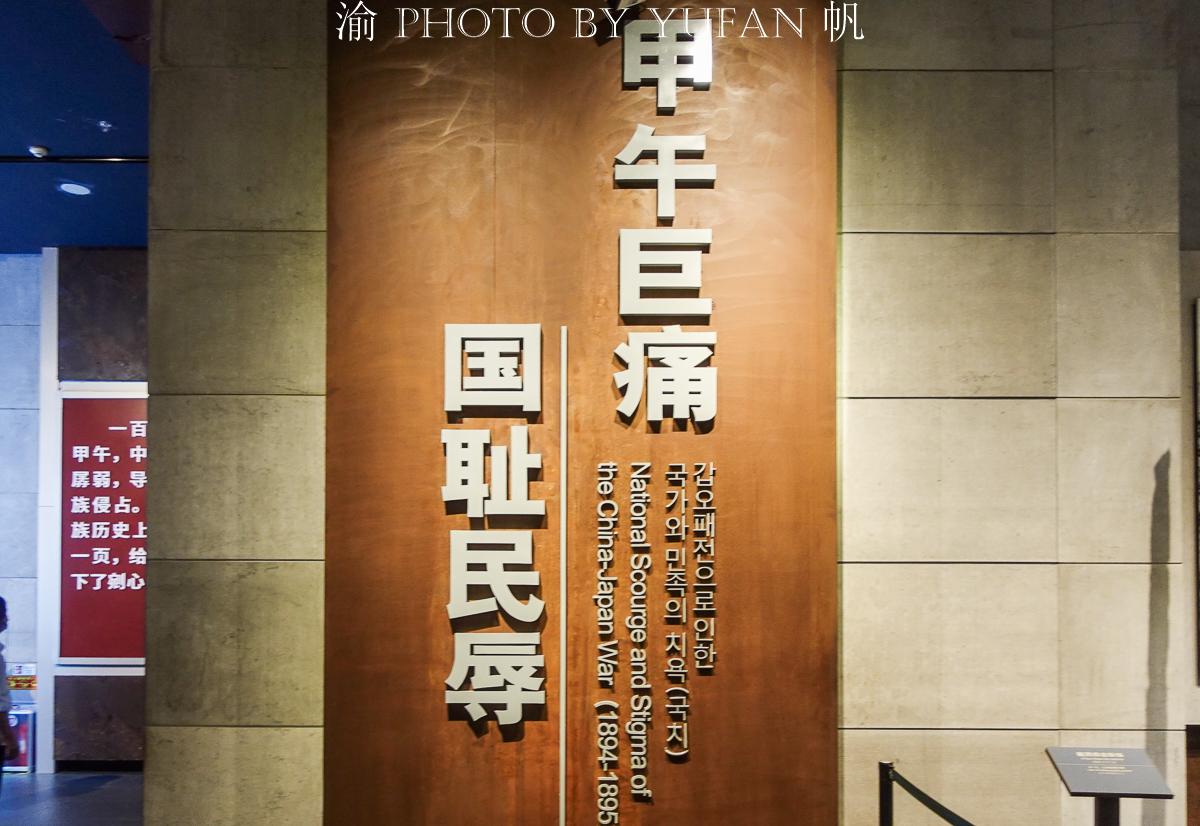
The Sino-Japanese War of 1894-1895 was a great pain, which humiliated the country and the people. With the theme of the Sino-Japanese War of 1894-1895, the museum exhibited more than 650 precious historical pictures of the Sino-Japanese War, copied a large number of weapons and equipment during the Sino-Japanese War, and restored and reproduced a number of surreal figures, such as "the scene of Qu’s family throwing wells in Jinzhou" and "the scene of Li Hongzhang’s negotiation in Shimonoseki", which was the first in China.
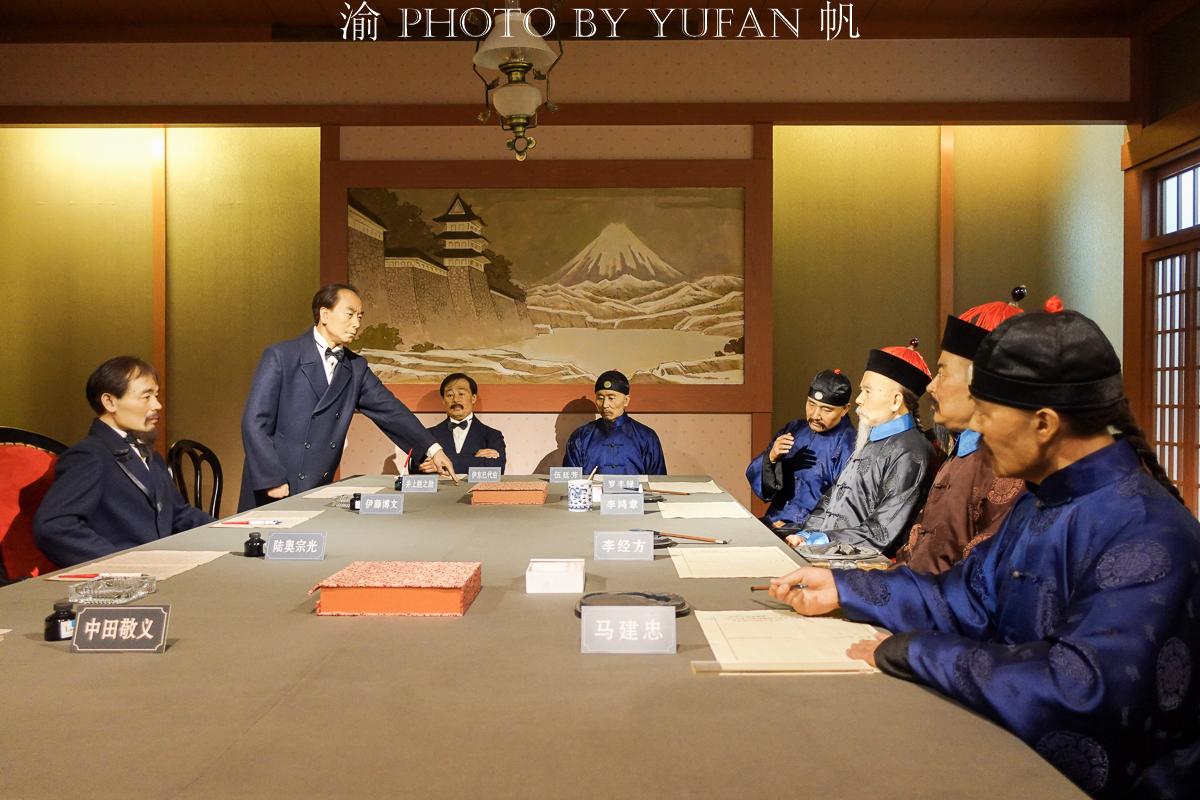
After the failure of the Sino-Japanese War of 1894-1895, the Qing government decided to make peace with Japan and sent Li Hongzhang as an ambassador for peace talks to Shimonoseki, Japan. In a hotel in Maguan, Japanese Prime Minister Hirofumi Ito led the Japanese side to compete with Li Hongzhang. After this negotiation, the Qing Dynasty was forced to compensate Japan for 200 million taels of military expenditure (equivalent to six years’ national treasury revenue of Japan). After Japan got the money, its strength immediately rose to a higher level, and it became one of the world’s great powers, thus starting the evil road of militaristic aggression.
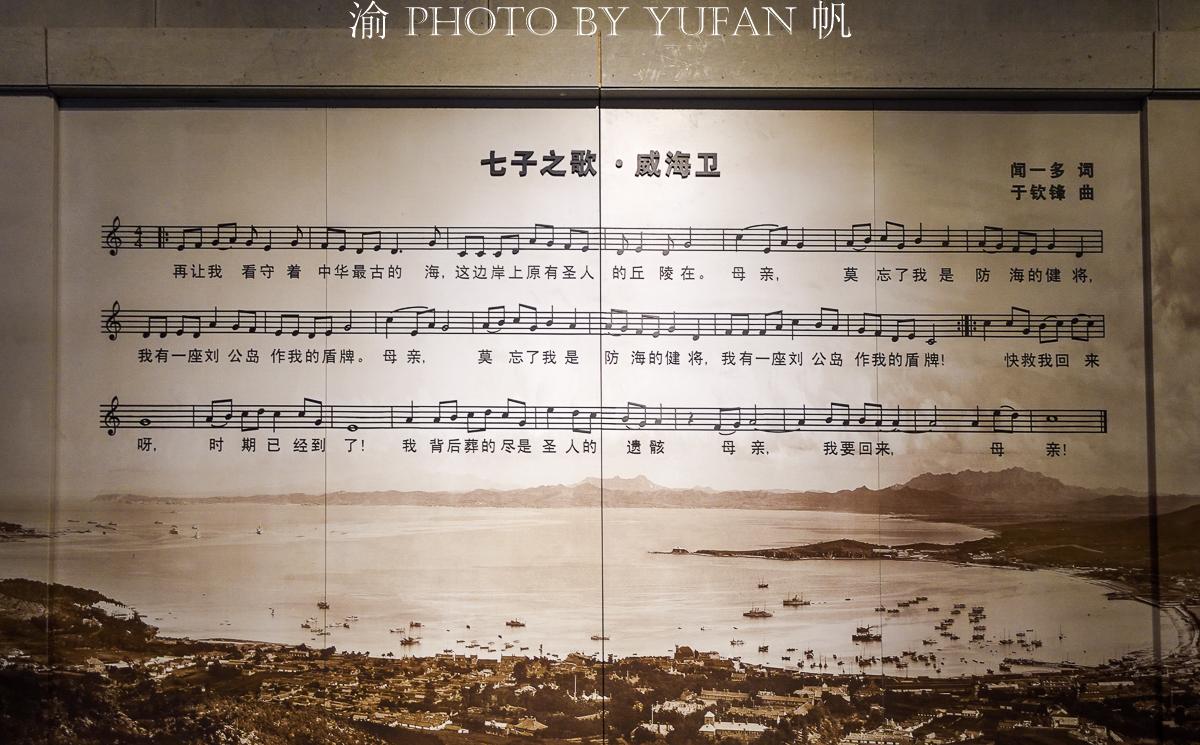
This is Wen Yiduo’s "Song of Seven Sons. ahava": Let me guard the oldest sea in China, and the hills of the original saints are here. Mother, don’t forget that I am an expert in preventing the sea. I have a Liu Gongdao as my shield. Come back quickly, the time has come. The remains of saints are buried behind me! Mother! I want to come back, mother!
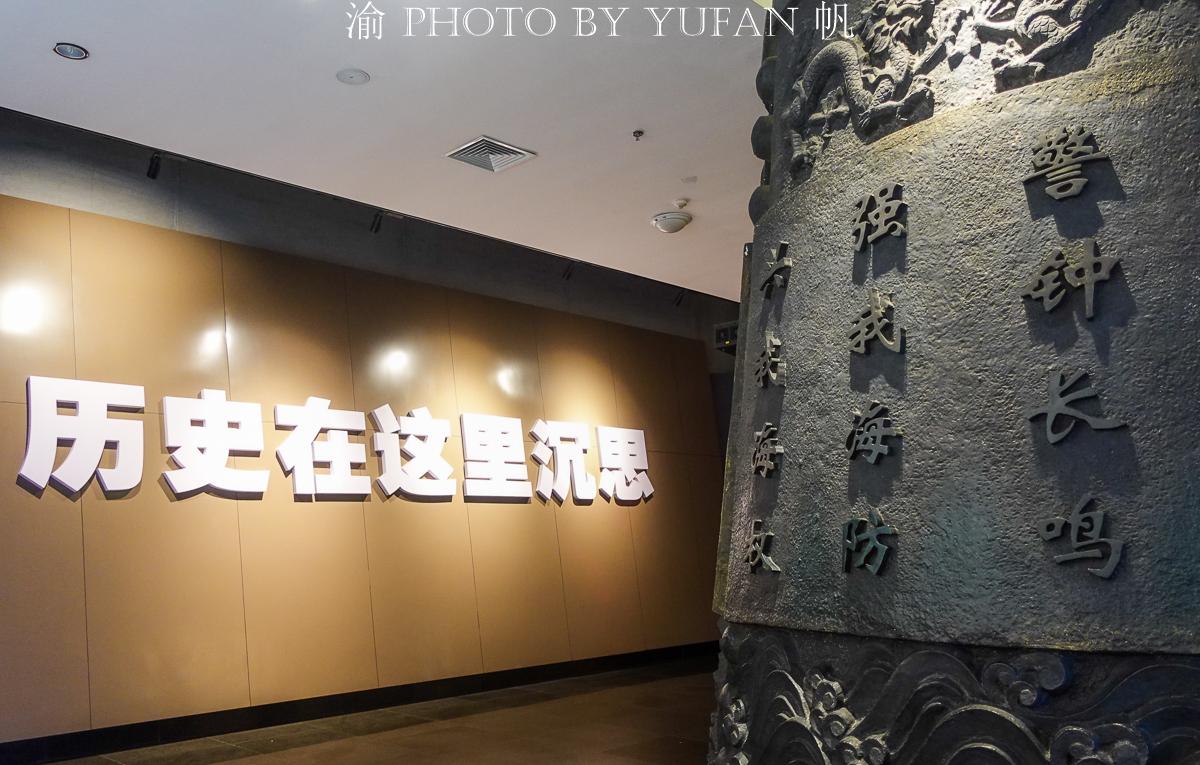
At the end of the museum, there is a huge "History is here to think" written on the wall, and in the center of the hall is a bronze clock engraved with the words "The alarm bells will ring, and we will strengthen our coastal defense …". The Sino-Japanese War of 1894-1895 made the Chinese nation face life and death, and it also completely awakened the Chinese nation! The Qing government died quickly because of this war. In the process of reform and anti-aggression, the Chinese nation seized the opportunity of life and ushered in a new dawn!
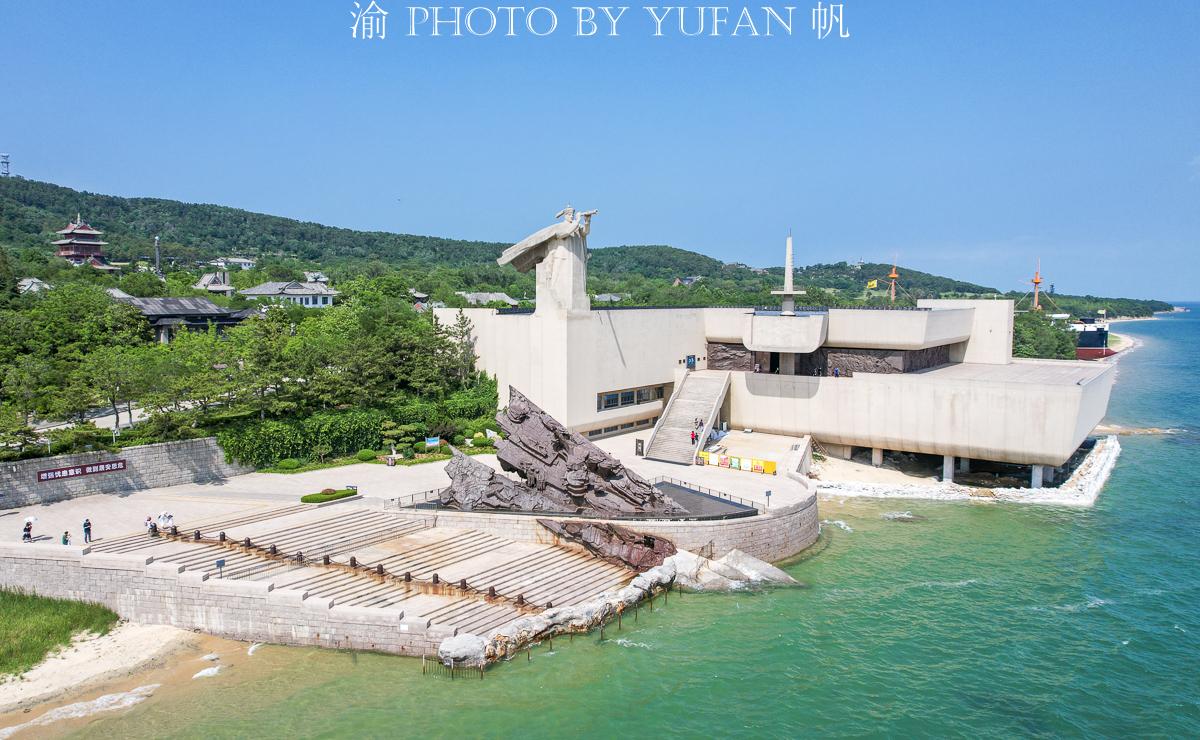
The waves of the Yellow Sea seem to be silently telling the sad song of the Sino-Japanese War. Visiting this unique museum of the Sino-Japanese War of 1894-1895, our mood is very complicated, even hard to hide our grief. At the same time, it is not difficult for us to see the unyielding character of the soldiers of the Beiyang Navy who fought bravely against the enemy. We should remember this history, and we will be beaten if we fall behind, and the pace of striving for strength will become more and more firm.